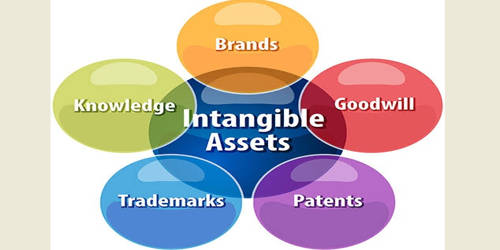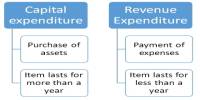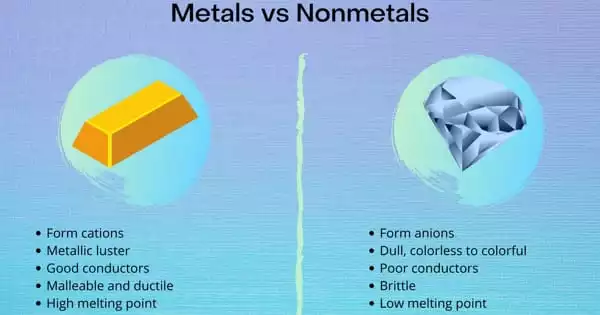An intangible asset is an asset that lacks physical substance; in contrast to physical assets, such as machinery and buildings, and financial assets such as government securities. It is a resource that has no physical presence and has long-term value for a business. These resources don’t exist physically, though they still have value. They are typically intellectual assets the benefit of the company over several accounting periods. An example of a definite intangible asset would be a legal agreement to operate under another company’s patent, with no plans of extending the agreement. For example, Coca Cola may have a vast inventory. But the value of that inventory is greatly increased by intangible assets like brand recognition and a good reputation. Most of these assets’ recorded value, with the exception of goodwill, is not adjusted over time.
Examples of intangible assets are:
- Marketing-related intangible assets – Trademarks, Newspaper mastheads, Internet domain names, etc.
- Customer-related intangible assets – Customer lists, Order backlog,, Customer relationships, etc.
- Artistic-related intangible assets – Performance events, Literary works, Musical works, Pictures, etc.
- Contract-based intangible assets – Licensing agreements, Lease agreements, Franchise agreements, Broadcast rights, etc.
- Technology-based intangible assets – Patented technology, Computer software, Trade secrets, etc.
An intangible asset is usually very hard to evaluate. In accounting, It is a resource with long-term financial value to a business. Examples are patents, copyright, franchises, goodwill, trademarks, and trade names. These assets are generally recognized as part of an acquisition, where the acquirer is allowed to assign some portion of the purchase price to acquired intangible assets. The general interpretation also includes software and other intangible computer-based assets; these are all examples of intangible assets. They have value because a business has sole legal or intellectual rights to them and they can help buy back destroyed tangible assets like equipment, according to Business Dictionary. Although brand recognition is not a physical asset that can be seen or touched, it can have a meaningful impact on generating sales. They are usually reported in either the long-term assets category or the other assets section of the balance sheet. Intangible assets generally—though not necessarily—suffer from typical market failures of non-rivalry and non-excludability. These assets exist in opposition to tangible assets, which include land, vehicles, equipment, and inventory. These assets created by a company do not appear on the balance sheet and have no recorded book value.
















